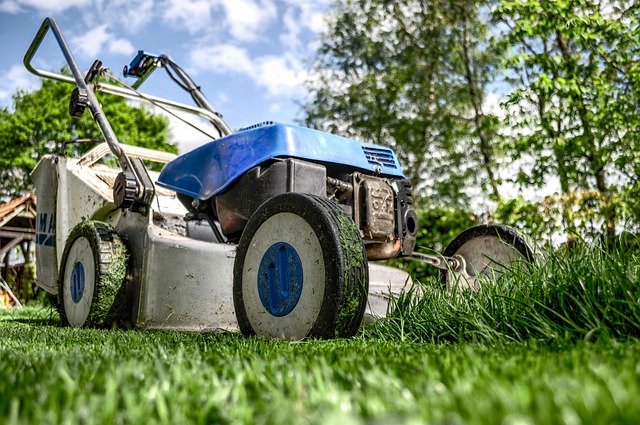Materials Selection and Sustainable Practices for Low-Maintenance Landscapes
Low-maintenance landscapes reduce long-term labor and resource needs by pairing the right materials with sustainable practices. This article outlines material choices, maintenance routines, and operational considerations that support durability, ecological health, and predictable upkeep for grounds maintenance roles and property managers.

Low-maintenance landscapes depend on deliberate materials selection and environmentally conscious practices that reduce routine interventions while supporting plant health and site resilience. Choosing the right turf, hardscape, soil amendments, and irrigation approach can lower mowing and pruning frequency, improve drainage, and make fertilization and pest management more targeted. For teams involved in ground maintenance jobs, these choices also affect equipment needs, scheduling, safety, and onboarding requirements for staff who manage local services or properties in your area.
Turf and irrigation selection
Selecting turf alternatives or low-input grass varieties is a foundational step. Native or drought-tolerant turf species require less irrigation and fertilization, reducing equipment wear and mowing frequency. Consider turf replacement options such as meadow mixes or groundcovers for underused areas to cut mowing needs. Pair plant choices with efficient irrigation—drip or smart controllers—that prioritize root-zone moisture, minimize runoff, and integrate with drainage planning. Proper irrigation scheduling saves water and lowers labor tied to frequent system checks.
Landscaping and horticulture materials
Material choices for beds, paths, and planting areas influence long-term maintenance. Use permeable paving and recycled aggregate where practical to support drainage and reduce hardscape repairs. Select mulch and soil amendments that improve structure and retain moisture, and favor native horticulture stock that adapts to local conditions. Choosing resilient shrubs and perennials reduces pruning and replacement cycles. When contracting local services, specify materials that align with the site’s microclimate and long-term maintenance capacity.
Pruning, mowing, and equipment
Maintenance routines should match the plant palette and material selection. Reduced-height mowing regimes, proper mower blade maintenance, and targeted pruning schedules can extend intervals between interventions. Right-sizing equipment limits fuel use and inventory costs: a mix of electric tools for small areas and efficient walk-behind mowers for turf can be effective. Train staff on safe operation and basic troubleshooting so repairs and downtime are minimized. Good equipment scheduling and preventive maintenance prolong life and support worker safety.
Mulching, composting, and fertilization
Mulching and composting are low-cost practices that improve soil health and reduce watering and fertilization needs. Apply organic mulch at appropriate depths to suppress weeds and moderate soil temperature. Establish a routine for compost application that supports soil biology and reduces reliance on synthetic fertilizers; test soil periodically to tailor fertilization. Composting on-site or sourcing local compost supports circular nutrient use and can lower material transport impacts—an important sustainability metric for landscape programs.
Drainage, scheduling, and safety
Effective drainage planning prevents waterlogging and reduces disease pressure, lowering the need for corrective interventions. Integrate grading, swales, and permeable surfaces to direct runoff safely. Operationally, build schedules that reflect seasonal growth patterns and weather, and use metrics to prioritize tasks such as mowing, pruning, or irrigation checks. Safety procedures should cover equipment use, PPE, and permit requirements for tasks that need regulatory oversight. Clear scheduling reduces overtime, improves worker safety, and makes maintenance predictable.
Inventory, onboarding, permits, metrics, sustainability
A streamlined inventory and onboarding process helps teams manage supplies, equipment, and compliance. Keep basic inventory of mulch, compost, fertilizers, small tools, and PPE; track usage with simple metrics to optimize reorder points. Onboarding should cover sustainable maintenance practices—proper mulching, targeted pruning, and irrigation adjustments—to ensure consistency. Maintain records for permits related to irrigation, pesticide application, or construction activities. Use sustainability metrics such as water use per area, plant replacement rate, and soil organic matter to evaluate long-term outcomes.
Conclusion
Materials selection and sustainable practices work together to create low-maintenance landscapes that are resilient, resource-efficient, and easier to manage. By prioritizing appropriate turf or groundcover choices, efficient irrigation, soil health through mulching and composting, and clear operational systems for equipment, scheduling, inventory, and safety, maintenance teams can reduce labor intensity while supporting ecological performance and predictable upkeep across properties.





